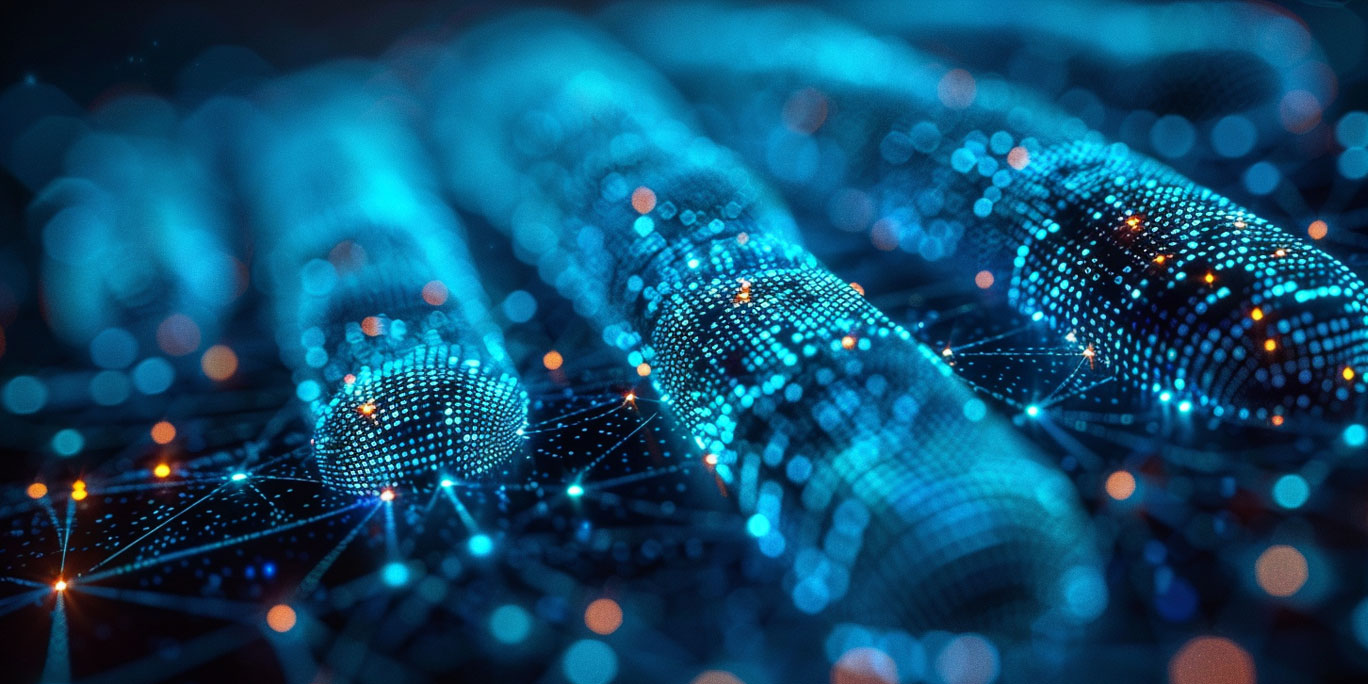Procedures and Importance of Finding Digital Evidence
In today's digital age, where technology permeates every aspect of our lives, the need to investigate and analyze digital evidence has become paramount. Whether it's for legal proceedings, cybersecurity incidents, or internal investigations, digital forensics plays a crucial role in uncovering the truth buried within digital data.
At its core, digital forensics is the science of recovering, preserving, and analyzing data from electronic devices. This process is essential for identifying, preserving, analyzing, and presenting evidence in a manner that is admissible in legal proceedings. The procedure to find the digital evidence is called digital forensics, and it involves a meticulous approach to ensure the integrity and authenticity of the data collected.

Steps Involved in Digital Forensics:
Identification: The process begins with identifying potential sources of digital evidence, which can include computers, mobile devices, network logs, and even cloud storage.
Collection: Once identified, the evidence is collected using forensically sound practices to ensure that it remains unchanged and admissible in court.
Examination: During this phase, forensic analysts use specialized tools and techniques to examine the collected data thoroughly. This includes recovering deleted files, analyzing metadata, and identifying relevant information.
Analysis: The data undergoes detailed analysis to extract meaningful insights. This may involve reconstructing timelines, correlating events, and identifying patterns that can support or refute a hypothesis.
Documentation: Throughout the process, meticulous documentation is maintained to record every step taken, ensuring transparency and reproducibility of findings.
Presentation: Finally, the findings and conclusions drawn from the analysis are presented in a clear and understandable manner, often in the form of a report or expert testimony.
Importance of Digital Forensics:
Legal Proceedings: Digital evidence collected through forensics often serves as crucial evidence in legal cases, ranging from criminal investigations to civil disputes.
Cybersecurity: It helps in identifying the source of cyberattacks, understanding the methods used by attackers, and implementing measures to prevent future incidents.
Corporate Investigations: Businesses use digital forensics to investigate incidents such as employee misconduct, intellectual property theft, and compliance violations.
Incident Response: During cybersecurity incidents, quick and effective digital forensics can help mitigate damage, identify the extent of the breach, and facilitate recovery.
In conclusion, digital forensics is not just about retrieving data from devices; it's about leveraging technology and expertise to uncover the truth hidden within digital footprints. By following systematic procedures and employing cutting-edge tools, digital forensics professionals play a critical role in upholding justice, ensuring cybersecurity, and safeguarding digital integrity in today's interconnected world.










